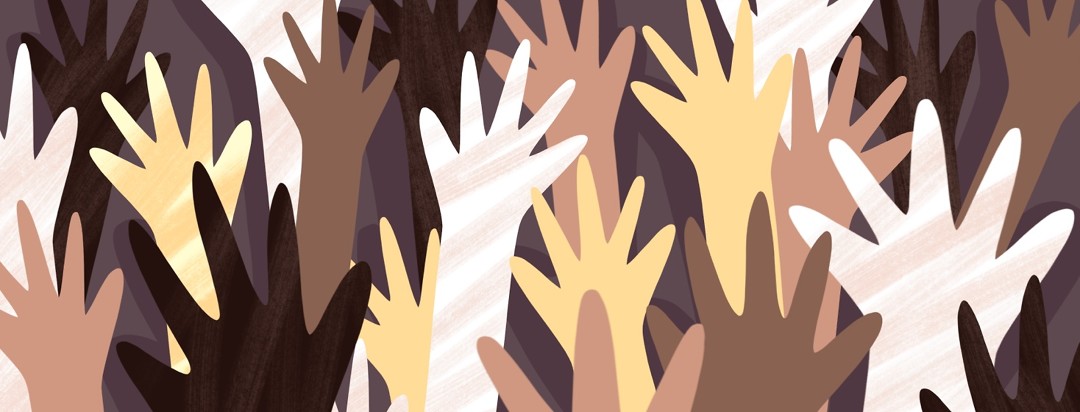Matters of Race, Socioeconomic Status, and Melanoma
I have always been one of the fairest skinned people among my friends. My Scandinavian and Northern European ancestry was certainly evident as a child. I had blond hair, green eyes, and freckles. I was one big recessive gene. I grew up in Southern California in a Mexican-American neighborhood and attended a diverse high school. Almost everyone I knew had darker skin than I had.
All skin tones are at risk for skin cancer
I remember getting sunburned quicker and more readily than any of my friends and for years lived under the wrong assumption that sun damage (and eventually skin cancer) was only a thing with which white people should be concerned. Only more recently have I come to understand that people of all races can suffer from the dangerous effects of over-exposure to the sun and, for some in our country, this can produce dire results. But, why?
Are there skin cancer disparities in my community?
I have often wondered how economic disparity affected skin cancer prevention, diagnosis, and treatment. I live in Buffalo, NY, where the dynamics of poverty lead to “food deserts”, lack of transportation, and to some levels a lack of access to education and health care. I spent a year studying these dynamics as a member of Leadership Buffalo, which is a decades-old group of civic and business leaders dedicated to “Making Buffalo Better.”
Research on skin cancer disparities
I recently re-read the conclusions of a ten-year-old study from the Journal of Community Health that I think are (unfortunately) still relevant today. In the study, researchers from New York University (NYU) concluded that minority patients presenting with melanoma to Bellevue Hospital (a public hospital) in New York City were more likely to have a lower socioeconomic status (SES) and later stage presentation than those presenting at the New York University Cancer Institute (private cancer center).1
Additional health disparities
Later stage presentation typically results in worse outcomes. The research suggested that language barriers, a disparity in health care systems, and other socio-economic factors may affect melanoma presentation in minorities.1 Ten years later, COVID-19 patient statistics from New York City have suggested the same thing. People in poverty have more barriers to proper prevention, accurate diagnoses, and successful treatment.2
Information and access are key
A year ago, I wrote an article on the issue of skin cancer and those with darker skin. In it, I noted that people of all shades can suffer from skin cancer. Skin cancer rates may be lower for those with darker skin, but as the NYU study indicated, outcomes can be tragic for those who do contract the disease. If people don’t get the correct information about good skincare practices (and act on it), cannot access health care professionals in time, then their prognoses are typically poorer.1
An online home for all
This sad reality motivates me all the more to get the word out to everyone in the community about protecting our skin from the harmful effects of dangerous UV rays. It also motivates me to advocate for those who struggle with language barriers and don’t have access to good health professionals. When I think of SkinCancer.net, I think of it as a real “net” that pulls everyone in from every part of our cities, suburbs, and countryside helping them live longer and better.

Join the conversation